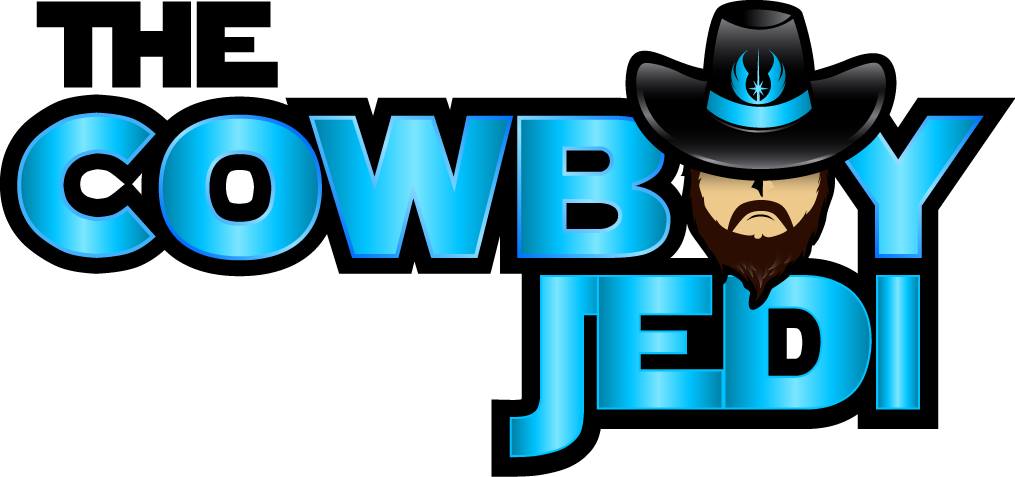When people ask if there really is a Deaf culture, I’m often tempted to borrow a line from jazz legend Louis Armstrong. Someone once asked Armstrong to define jazz, to which the famous trumpeteer simply replied:
"Man, if you gotta ask, you’ll never know.”
It’s almost the same thing with Deaf culture. It can be defined, but it’s best to experience its essence so that you intrinsically “get it.” With that in mind, I highly recommend that you get hold of a Clayton Valli or Peter Cook videotape. Once you’ve witnessed American Sign Language at it’s shining best, there’s no question Deaf culture exists.
That said, I’m going to go ahead give you some of my favorite deafinitions of Deaf culture.
From the works of Trudy Suggs, Dr. Barbara Kannapell (a deaf professor at Gallaudet University) is quoted as saying:
“Deaf culture is a set of learned behaviors and perceptions that shape the values and norms of deaf people based on their shared or common experiences.”
From Dr. Bill Vicars’ ASL University: ”Deaf culture consists of the norms, beliefs, values, and mores shared by members of the Deaf community. We believe that it is fine to be Deaf. If given the chance to become hearing, most of us would choose to remain Deaf. We tend to congregate around the kitchen table rather than the living room sofa because the lighting is better in the kitchen. Our good-byes take nearly forever, and our hello’s often consist of serious hugs. When two of us meet for the first time we tend to exchange detailed biographies and describe our social circles in considerable depth.”
From a DeafNation T-shirt:
“Deaf: (n) 1. a particular group of people who share a beautiful language: ASL (American Sign Language). 2. a term measured by culture and attitude, not by an audiogram. 3. a member of a vibrant group of people with their own culture, history, folklore and humor. 4. which vibration and vision are the primary senses.
Culture vs. Pathology
To better appreciate what Deaf culture is, let’s go to an opposing view and take a look at what Deaf culture is not.
There are those who insist there is no such thing as Deaf culture. Some people will argue that deafness is nothing more than a disability, a disability that must be fixed. Getting this disability “fixed” may involve repeated visits to an audiologist, getting fitted for hearing aids, attending numerous speech therapy sessions, or even undergoing surgery to get a cochlear implant.
This is what’s called the pathological approach to deafness. It focuses on what’s wrong–the inability to hear–and utilizes numerous technological and therapeutic strategies to solve the problem. The success of this approach varies from individual to individual.
It is not my intention to be overly critical of the pathological approach. First, as previously mentioned, the results vary on an individual basis. Second, it must be acknowledged that there are those who, based on the degree of their hearing loss (or time of onset), may feel more comfortable in the hearing world. For many hard of hearing or late-deafened people,technology may be a welcomed addition that allows them to continue functioning in the world of their choice. Last but not least, it’s not entirely a black-or-white issue; there are many deaf people who use technology to aid their hearing ability AND participate in the Deaf culture.
So when people argue whether deafness is a disability or a culture, I often respond with a quote from the book, Deaf Again (Handwave Publications, 2005):
“Deafness is a disability that is so unique, its very nature causes a culture to emerge from it. Participation in this culture is voluntary.”
What’s So Great About Deaf Culture?
There are so many aspects of Deaf culture that a single page, let alone an entire website, can barely touch the surface.
There have been numerous Deaf publications over the years, such as Silent News, DeafNation, SIGNews, Deaf Life, and more. There are also catalogs chock full of books written by Deaf authors covering a wide range of topics. Some of these books include fascinating accounts of Deaf history and folklore.
We’ve been blessed with numerous Deaf performing artists such as Clayton Valli, Patrick Graybill, Bernard Bragg, Mary Beth Miller, Freda Norman, Gil Eastman, Peter Cook, C.J. Jones, Nathie Marbury, Evelyn Zola, The Wild Zappers, Rathskellar, and many more.
There are countless Deaf organizations such as the National Association of the Deaf and its many statewide affiliates. There are numerous Deaf social clubs and athletic organizations (such as the American Athletic Association of the Deaf) where Deaf people socialize and compete in sporting events.
The Joy of Belonging
The cultural aspects of the Deaf world are vital in providing a healthy sense of well-being. It focuses on what Deaf people CAN do, as opposed to the pathological approach of focusing on what’s wrong. There’s a sense of belonging, and of validation.
Let me tell you from personal experience that while it’s possible to succeed with a pathological approach on the surface (I’ve interacted successfully with hearing people via use of hearing aids, speech, lipreading, and so on), it can be quite exhausting. It’s not uncommon for Deaf people to attend hearing family gatherings and come home totally wiped out from the effort it took to communicate with their hearing counterparts.
Meanwhile, at Deaf social gatherings everywhere, it could be 2:00 a.m. and nobody wants to leave. Club owners and proprietors actually have to turn the lights out and herd everyone out the door. Many a conversation continues outside under a street light or in an after hours coffee shop. Communication in ASL is fluid and effortless, which is why you’ll see these gatherings lasting until the wee hours of the morning.
Again, you have to be there. To truly know and understand the culturally Deaf world, you have to experience its essence.
Want To Work With David Giudice The Cowboy Jedi?


